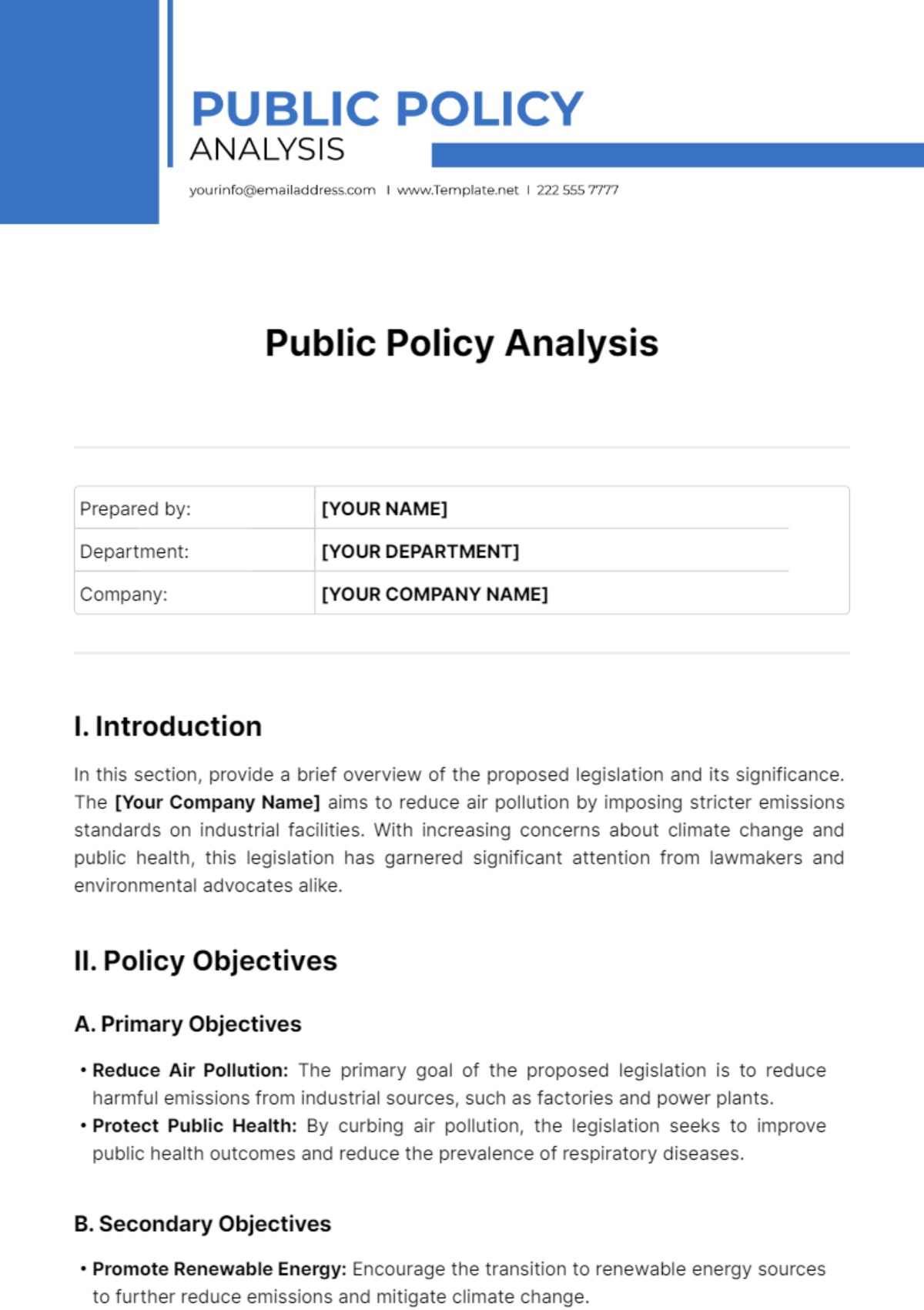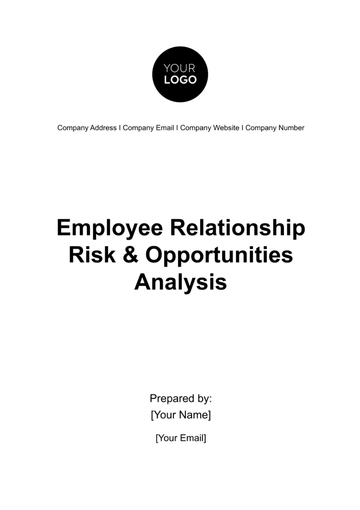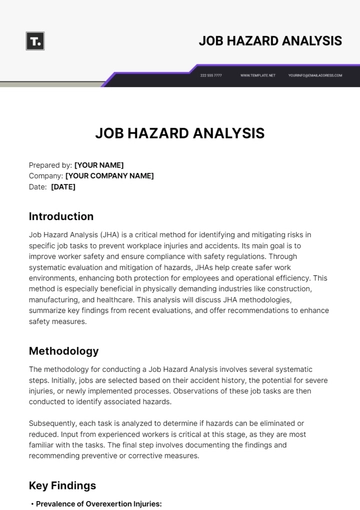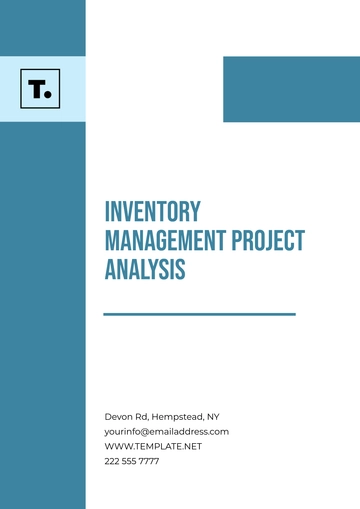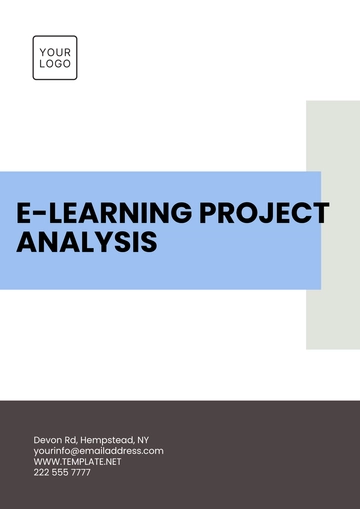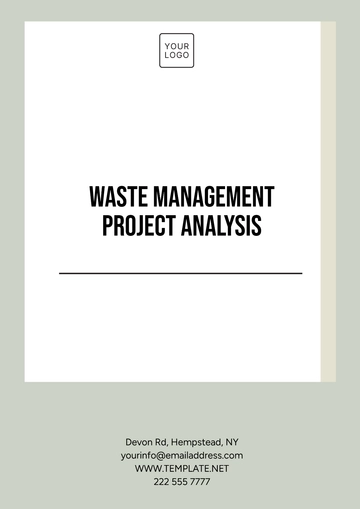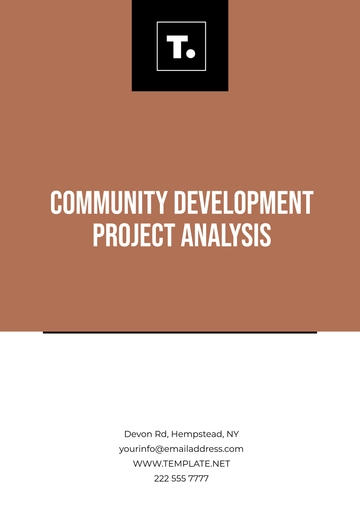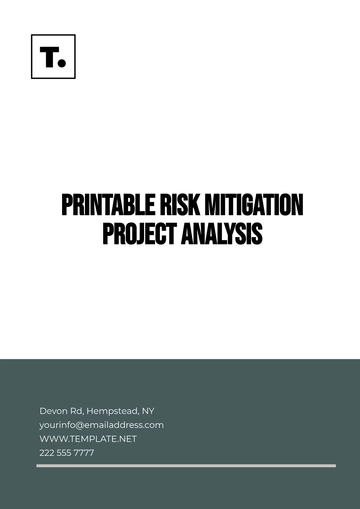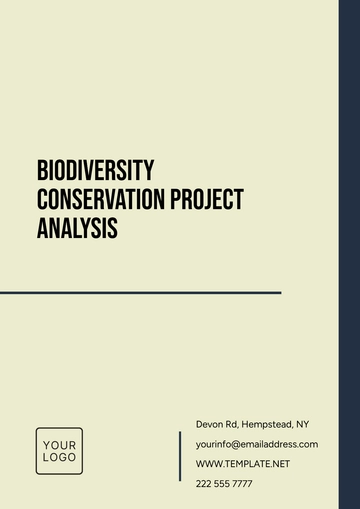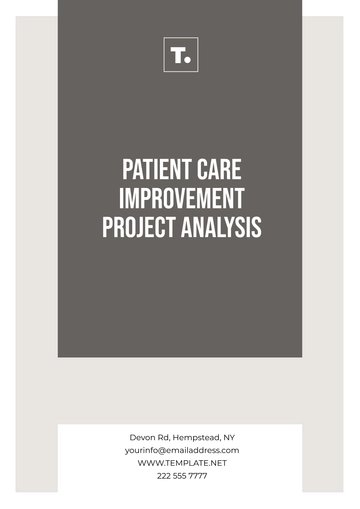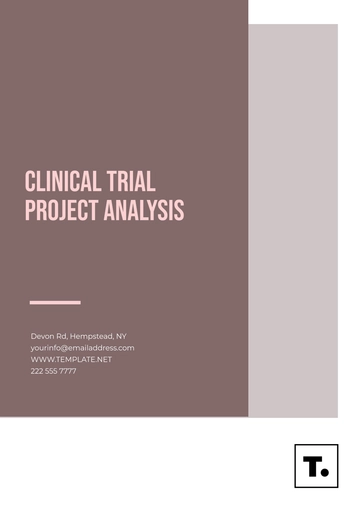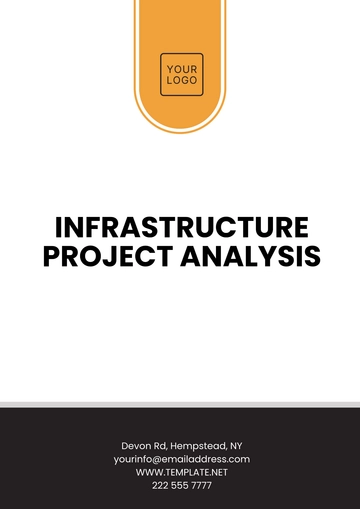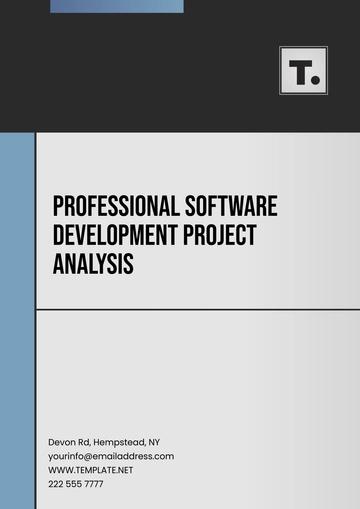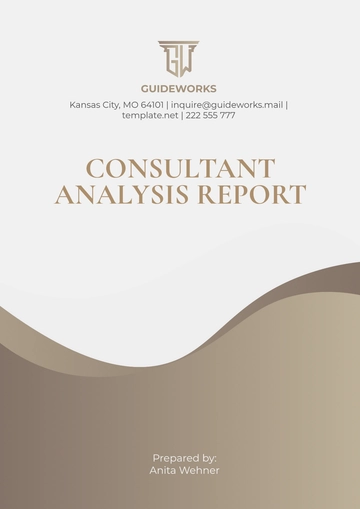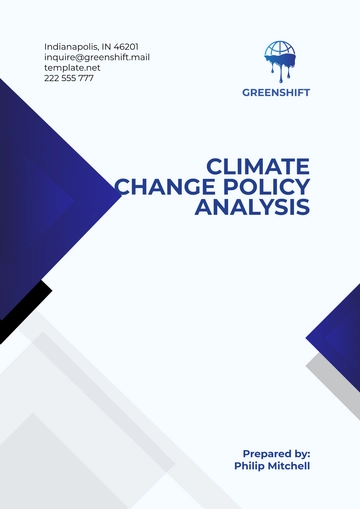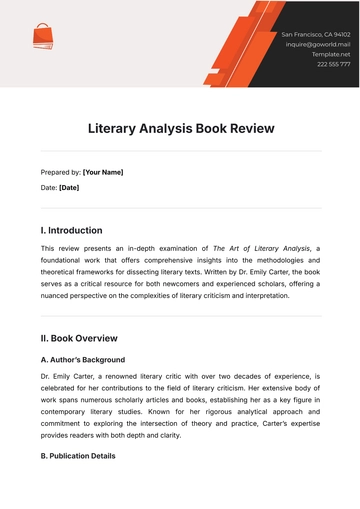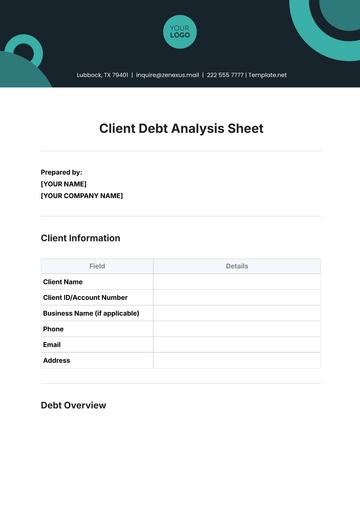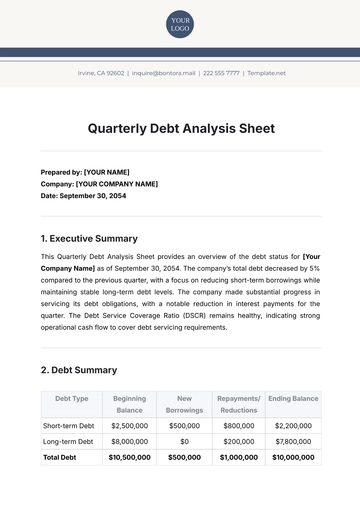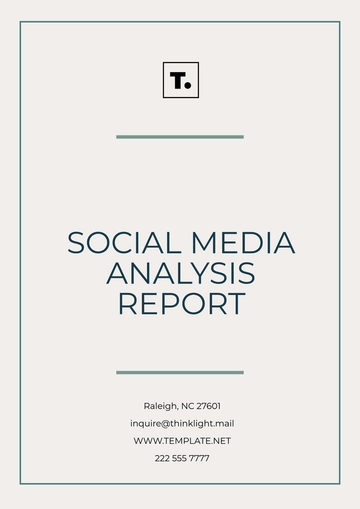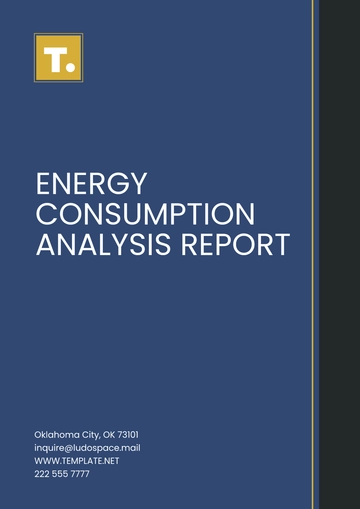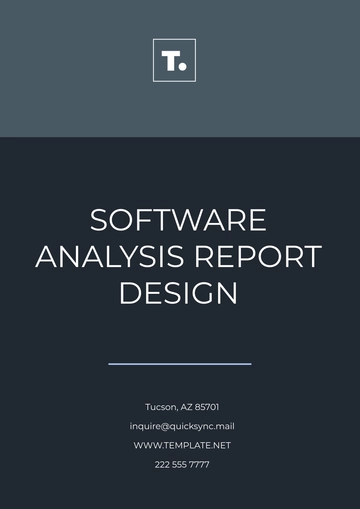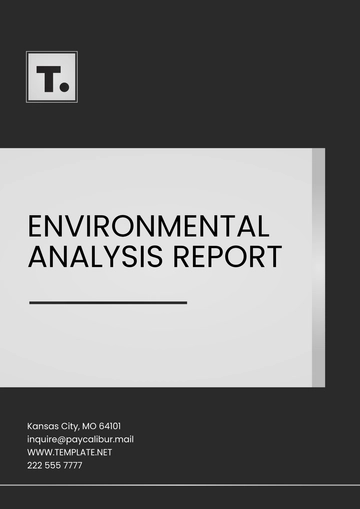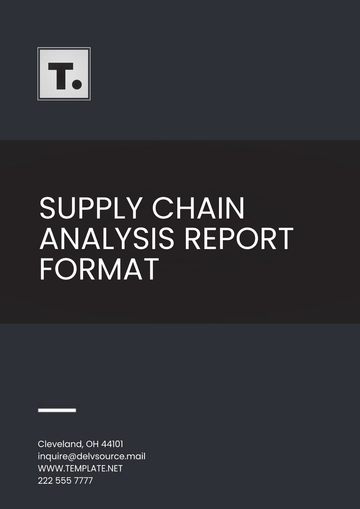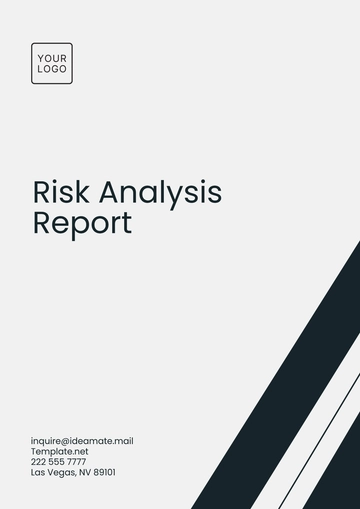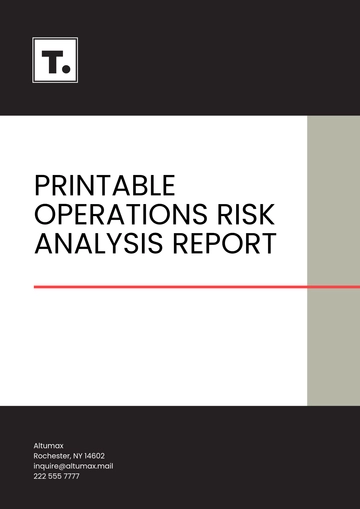Public Policy Analysis
Prepared by: | [YOUR NAME] |
Department: | [YOUR DEPARTMENT] |
Company: | [YOUR COMPANY NAME] |
I. Introduction
In this section, provide a brief overview of the proposed legislation and its significance. The [Your Company Name] aims to reduce air pollution by imposing stricter emissions standards on industrial facilities. With increasing concerns about climate change and public health, this legislation has garnered significant attention from lawmakers and environmental advocates alike.
II. Policy Objectives
A. Primary Objectives
Reduce Air Pollution: The primary goal of the proposed legislation is to reduce harmful emissions from industrial sources, such as factories and power plants.
Protect Public Health: By curbing air pollution, the legislation seeks to improve public health outcomes and reduce the prevalence of respiratory diseases.
B. Secondary Objectives
Promote Renewable Energy: Encourage the transition to renewable energy sources to further reduce emissions and mitigate climate change.
Support Economic Growth: Foster innovation in clean technologies and create new job opportunities in the green economy.
III. Stakeholder Analysis
A. Key Stakeholders
Environmental Groups: Organizations advocating for stricter environmental regulations to protect air quality and public health.
Industry Associations: Representatives from industrial sectors impacted by the legislation, such as manufacturing and energy production.
Government Agencies: Regulatory bodies responsible for enforcing environmental policies and ensuring compliance with emissions standards.
B. Stakeholder Perspectives
Environmental Groups: Strongly support the legislation as a crucial step towards addressing air pollution and combating climate change.
Industry Associations: Express concerns about potential economic burdens and the need for sufficient transition periods to comply with new regulations.
Government Agencies: Recognize the importance of balancing environmental protection with economic considerations and are committed to implementing effective policies.
IV. Policy Analysis
A. Impact Assessment
The proposed legislation is expected to significantly reduce emissions of pollutants such as sulfur dioxide and nitrogen oxides, leading to improvements in air quality and public health.
However, there may be short-term economic costs associated with upgrading industrial facilities to meet the new emissions standards.
B. Effectiveness Evaluation
The effectiveness of the legislation will depend on the enforcement of emissions standards and the adoption of cleaner technologies by affected industries.
Continuous monitoring and evaluation will be essential to ensure that the desired environmental and health outcomes are achieved.
C. Cost-Benefit Analysis
For the cost-benefit analysis of the [Your Company Name], we can quantify the potential benefits in terms of health savings and productivity gains, and compare them against the economic costs to the industry. Below is specific information that you can use for a bar chart:
Health Savings:
Productivity Gains:
Reduction in sick days taken by employees due to air pollution-related illnesses: 10,000 days per year
Increase in productivity resulting from improved air quality: 5%
Economic Costs to Industry:
TABLE 1: Stakeholder Perspectives
Stakeholder | Perspective |
|---|
Environmental Groups | Supportive of stricter regulations to protect air quality and public health. |
Industry Associations | Concerned about potential economic burdens and the need for transition periods for compliance. |
Government Agencies | Recognize the importance of balancing environmental protection with economic considerations. |
V. Policy Recommendations
A. Policy Alternatives
Explore alternative approaches to reducing air pollution, such as implementing emissions trading schemes or incentivizing the adoption of clean technologies.
Consider incorporating more flexible compliance mechanisms to alleviate economic burdens on industries while still achieving emissions reductions.
B. Recommendations
Strengthen enforcement mechanisms to ensure compliance with emissions standards and penalize non-compliant entities effectively.
Provide financial assistance and technical support to help industries transition to cleaner production methods and technologies.
VI. Implementation Plan
A. Timeline
Year 1: Draft and finalize the legislation, including stakeholder consultations and public hearings.
Year 2-3: Phase in the new emissions standards, allowing industries time to make necessary adjustments to their operations.
Year 4 onwards: Monitor compliance and evaluate the effectiveness of the legislation, making any necessary revisions or updates.
B. Resource Allocation
Allocate sufficient funding for monitoring and enforcement activities, including the establishment of air quality monitoring stations and hiring additional staff for regulatory agencies.
Provide grants and subsidies to support research and development in clean energy technologies and assist industries in upgrading their infrastructure.
C. Monitoring and Evaluation
Develop key performance indicators (KPIs) to track progress towards emissions reduction targets and assess the impact of the legislation on air quality and public health.
Conduct regular reviews and evaluations to identify any unintended consequences or areas for improvement in the implementation of the policy.
TABLE 2: Implementation Timeline
Year | Activities |
|---|
1 | Drafting legislation, stakeholder consultations |
2-3 | Phasing in new emissions standards |
4+ | Monitoring compliance, evaluating effectiveness |
VII. Conclusion
In conclusion, the [Your Company Name] represents a significant step towards addressing air pollution and protecting public health. By considering stakeholder perspectives, conducting thorough policy analysis, and implementing effective measures, policymakers can ensure the successful implementation of this legislation for the benefit of society as a whole.
Analysis Templates @ Template.net
